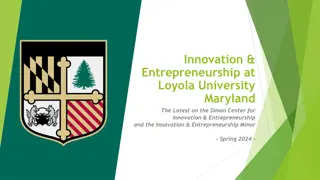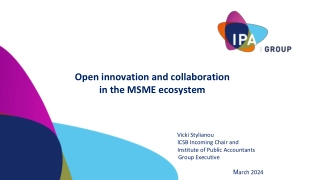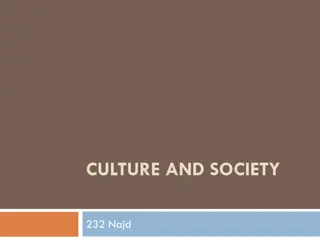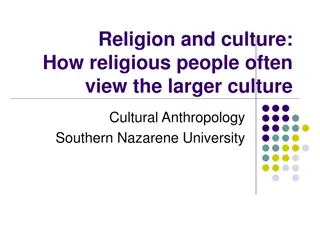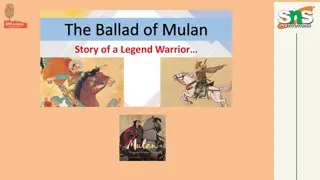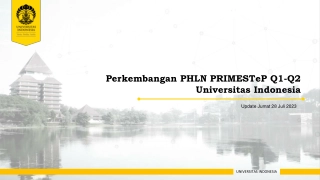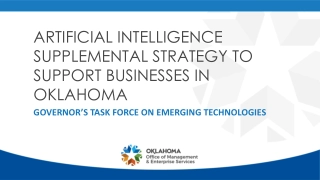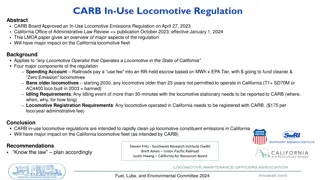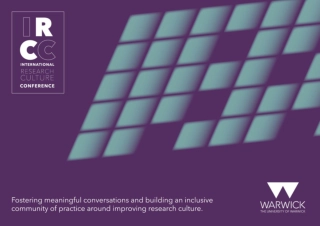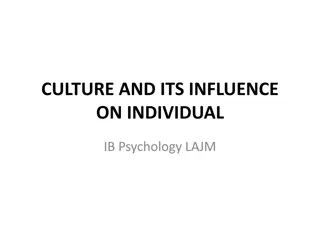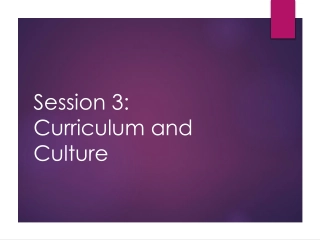The Inheritance and Innovation of Confucian Culture and the Spirit of Lu Ban Craftsmen
Explore the legacy of Confucian culture and the remarkable craftsmanship of Lu Ban through the teachings of sage Zi Si. Dive into Zi Si's life, achievements, and his composition of the Zhongyong, a crucial text in Confucian philosophy emphasizing moderation, rectitude, and sincerity in human conduct.
Download Presentation
Please find below an Image/Link to download the presentation.
The content on the website is provided AS IS for your information and personal use only. It may not be sold, licensed, or shared on other websites without obtaining consent from the author. Download presentation by click this link. If you encounter any issues during the download, it is possible that the publisher has removed the file from their server.
Presentation Transcript
The inheritance and innovation of Confucian culture and Lu Ban craftsmen spirit Sages and famous craftsmen Lecturer Ruiwen Liu Institution Zaozhuang Vocational College
The inheritance and innovation of Confucian culture and Lu Ban craftsmen spirit Sages and famous craftsmen Zi si
01 Zi si The sage of lecturing Zi si Brief Introduction Zi si (481 402 B.C.E), born Kong Ji, was a Chinese philosopher. He was the son of Boyu and the only grandson of Confucius. Zi si The inheritance and innovation of Confucian culture and Lu Ban craftsmen spirit
02 Zi si The sage of lecturing Zi si Life of Zi si Zi si proceeded upon meditations on the relativity in human knowledge of the universe where his grandfather began to distinguish between true and supposed knowledge. He attempted to analyse as many types of action as possible, and believed that wise people who are conscious of their moral and intellectual duties can copy the reality of the universe into themselves. Half Portraits of Zi si The inheritance and innovation of Confucian culture and Lu Ban craftsmen spirit
03 Zi si The sage of lecturing Zi si Achievements According to tradition, Zi si composed the Zhongyong, which was incorporated as a chapter of the Liji (Record of Rites) during the Han dynasty (206 B.C.E. 220 C.E.). The great Song dynasty (960 1279) neo-Confucian philosopher Zhu Xi (1130 1200) later included Zhongyong among the Four Books, the texts foundational to the orthodox Confucian Way. The Zhongyong, which draws its title from words that individually denote equilibrium (zhong) and the common or practical (yong), illumines the proper way (dao) for exemplary persons (junzi) to act in the world. Zhongyong The inheritance and innovation of Confucian culture and Lu Ban craftsmen spirit
04 Zi si The sage of lecturing Zi si Achievements Zi si presented Zhongyong as the central theme of Confucian thought. The two Chinese characters zhongyong (often translated doctrine of the mean ) express a Confucian ideal that is so broad and so all- embracing as to encompass virtually every relationship and every activity of human life. In practice, zhongyong means countless things: moderation, rectitude, objectivity, sincerity, honesty, truthfulness, propriety, equilibrium, and lack of prejudice. The inheritance and innovation of Confucian culture and Lu Ban craftsmen spirit
05 Zi si The sage of lecturing Zi si Achievements Zi si is also credited with developing the theory of wuxing, the five modes (xing) of moral action through which exemplary persons comport themselves. The Wuxingpian (Five Modes of Proper Conduct), a previously lost document attributed by many scholars to Zisi s school, presents these modes as benevolence (ren), righteousness (yi), ritual propriety (li), wisdom (zhi), and sagacity (sheng). Mencius adapted the first four as the four sprouts (siduan) of virtue in the human heart-and-mind. Wu xing pian The inheritance and innovation of Confucian culture and Lu Ban craftsmen spirit
06 Zi si The sage of lecturing Zi si Conclusion Texts dating to about the 2nd and the 4th centuries BCE, discovered at archaeological sites in Mawangdui (1973) and Guodian (1993), respectively, suggest evidence for a school of Zisi. Wuxing theory also gained popularity and influence after the alchemist Zou Yan (340 260 BCE), perhaps independently of Zi si s school, developed the theory as the Five Phases of cosmic generation and transformation: wood (mu), fire (huo), earth (tu), metal (jin), and water (shui). The tomb of Kong Ji The inheritance and innovation of Confucian culture and Lu Ban craftsmen spirit
The inheritance and innovation of Confucian culture and Lu Ban craftsmen spirit Sages and famous craftsmen Thank you watching for







